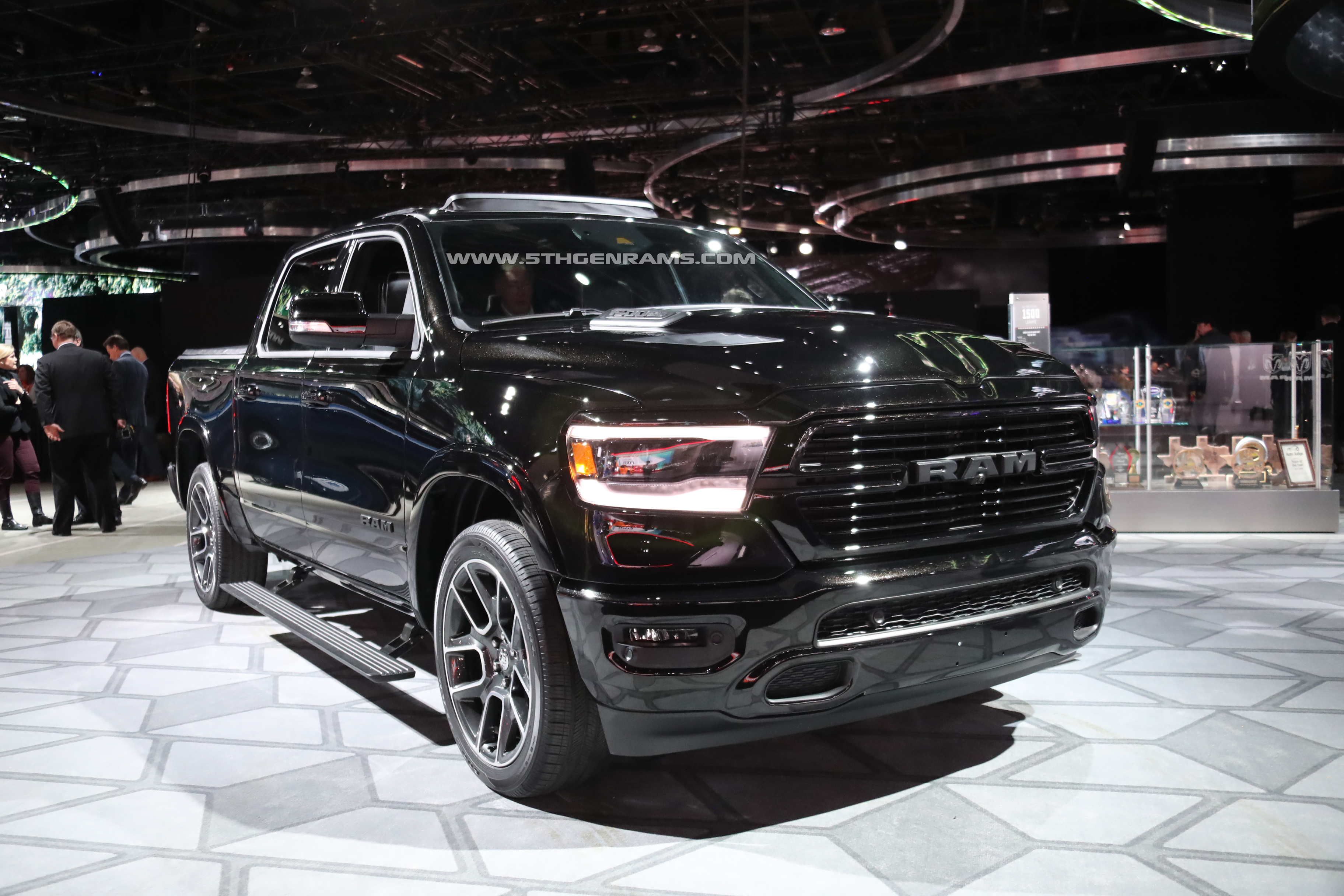This answer has nothing to do with the question because they are addressing another concern.
1. For function, it does not matter which way the center hump is pointing unless you have the bar at odd angles (see #2). Then it could increase or decrease the amount of "tightness" in the bar. I maintain that unless it's hitting something it doesn't matter. Imagine the center of the bar was straight like there was no differential to work around. The ends of the bar are letting it function as a spring as intended. Putting the bump in the middle is only to allow it to clear the differential except that the bigger the bump, the looser the spring becomes and they adjust for that with tempering and bar diameter. Looking down the main part of the bar axially, it doesn't matter which direction that hump goes because the force is simply transmitted across the hump and to the other end of the bar.
2. Sway bars are designed so that the arms (ends where they attach to the links) coming out need to be parallel to the ground. That's what Hellwig was stating in this response. That has nothing to do with the hump direction. If your links are too short and the arms go up from the bar, flipping the bar will make no difference.
Now the wrinkle here is for those of us with air suspension. There is no way to have the bar arms be parallel in every AS position. When I checked mine, they were darn close to parallel when in Aero mode which is what I want. That's the most balanced, designed, factory position for a sway bar and this is when maneuvers at speed occur. If it's parallel there and then I go to OR mode, the bar arms will be pointing upwards a fair amount. Just something you have to deal with having AS.
















